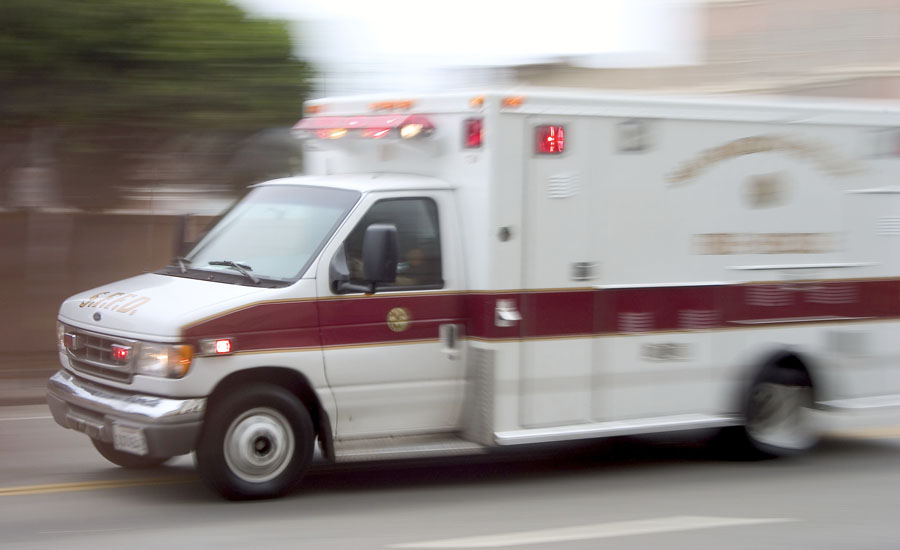Fatal accidents between bicycles and cars are on the rise in the U.S., with NHTSA data showing that 840 bicyclists were killed in motor vehicle traffic crashes in 2016 - an increase from 829 in 2015. Such collisions account for 2.2 percent of all motor vehicle traffic fatalities. There are two main types of crashes involving bicycles; the most common are falls and the most serious are with vehicles.
The U.S. Department of Transportation’s National Highway Traffic Safety Administration (NHTSA) is reminding both motorists and bicyclists to do their part to help reduce deaths and injuries on our roads.
“Take simple precautions - remain focused to the road and the traffic around you; anticipate what others may do, before they do,” said Deputy Administrator Heidi King.
Not all bicyclists are aware that they required – in every state - to follow the same rules and responsibilities as motorists.
Tips for Bicyclists:
- Always wear a properly-fitted helmet that meets the Consumer Product Safety Commission (CPSC) standards.
- Check your bike equipment before heading out: check for proper fit and function, including tires, brakes, handlebars and seats.
- Ride in the same direction as traffic, as a vehicle on the road.
- Obey traffic signs, signals, and lane markings; signal all turns; and follow local laws.
- Be predictable; ride in a straight line and use hand signals when changing lanes or turning.
- Stay focused; look ahead for traffic and obstacles in your path.
- Be visible: wear bright colors, reflective materials and lights on your bicycle at night and in low light conditions.
- Stay alert: don’t use electronic devices.
- Ride safe; riding impaired by alcohol or drugs affects your judgment and skill; it affects your safety and others on the road
Tips for Motorists:
- Pass bicyclists on the road with care; allow at least three feet clearance.
- Look for cyclists before opening a car door or pulling out from a parking space.
- Yield to bicyclists at intersections and as directed by signs and signals.
- Look for bicyclists before making turns, either left or right.
- Respect designated bicycle lanes; don’t use them for parking, passing or turning.
- Never drive distracted or impaired. Always buckle up.
- Additional information about bicycle safety is available here.


